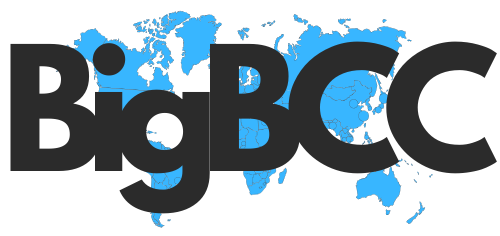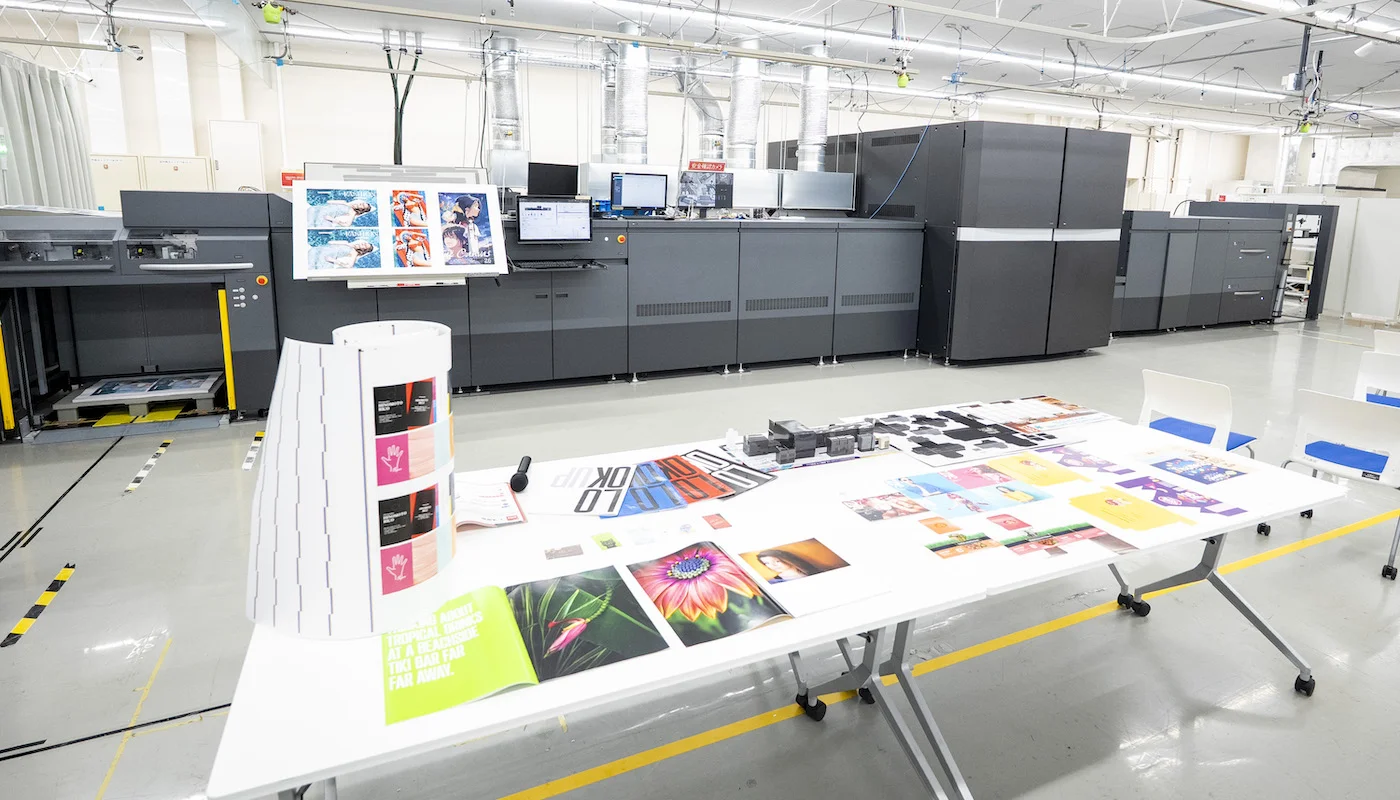Tariff fights, rising US debt, and policy volatility weigh on global expansion—even as AI investment fuels some resilience.
This has been a turbulent year, marked by uncertainty over global economic policies. US tariffs remain undefined in form and scope, fueling instability. Global growth is projected to ease in the final months of this year and into 2026. The US economy, with a big assist from huge investments in AI, will likely continue outperforming Europe, while China, though slowing, is still expected to outpace both. Economists anticipate moderating growth, but few foresee a sharp downturn, even amid the United States’ significant shift in trade policy.
“Unprecedented uncertainty is what best captures the moment.”
Drew DeLong, Kearney
“The global economy is going to grow below potential this year and next. In early 2025, front-loaded activity—like stockpiling ahead of new tariffs—pushed the numbers up, so they looked good midyear. But we expect the global economy to slow in the second half of 2025,” Elena Duggar, Managing Director at Moody’s Macroeconomic Board, said.
Growth in the US is expected to slow to 1.5% in 2025 and remain subdued in 2026, according to Duggar, despite big investments in AI. The euro area is expected to expand by 1.1% this year, slightly higher than in 2024, and increase by 1.4% in 2026. China’s growth is forecasted to slow somewhat this year to 4.7% compared to 2024, then decline to 4% in 2026.
“Why the slowdown? Mainly because that frontloaded trade activity is fading, policy uncertainty remains very high compared with historical standards—holding back investment decisions—and tariffs are beginning to show up, weighing on consumer spending and company margins,” says Duggar.
Tariffs’ Expansion Rattles Trade
Trade tariffs are hardly a new tool in Washington’s policy arsenal. The first Trump administration reintroduced them as a central economic lever, and the Biden administration, while softening the rhetoric, kept many of those measures in place and even broadened them in certain sectors such as cars.
What has changed this year is not the existence of tariffs, but their scale and reach. The United States, standard-bearer of open markets and promotion of global trade for more than eight decades, has taken a dramatic turn. The latest tariff package marks a sweeping departure from its traditional role, with a radical shift in strategy that could reshape the global economic order.
The nonpartisan policy research center Yale’s Budget Lab estimates that average tariffs are around 18%, compared to just 2.7% last year. But this doesn’t seem like where they will settle.
“I have nothing against tariffs per se. They’re just another tax, and especially when tariffs are designed to promote certain sectors of strategic interest,” says David Andolfatto, former St. Louis Fed researcher, who became Chair of the Economics Department at the University of Miami’s Herbert Business School in 2022.
“My feeling from the beginning was that these tariffs were not a big deal because the United States is such a large, diversified economy. If the tariffs were negotiated and put in place, everybody understood the rules of the game. But the uncertainty is so wide and large that I think it just cannot be good,” Andolfatto tells Global Finance.
A flurry of contradictory announcements, often based on executive orders, with different views and stop-and-go decisions, has defined the tariff announcements since April. Some of this depended on President Trump’s various announcements, some on the ongoing bilateral deals, and some on the court decisions regarding these actions.
At the end of August, a federal appeals court upheld an earlier ruling that the Administration’s reliance on the International Emergency Economic Powers Act (IEEPA)—a legal tool heavily used to justify broad tariffs—was not valid. The decision strikes at the core of Trump’s trade strategy. Unless the Supreme Court overturns the ruling, the president could be forced to seek congressional approval to keep his broad tariffs in place—measures critics argue are essentially new taxes that only lawmakers have the authority to impose.
Tariffs Are Here To Stay
Tariff uncertainties significantly impact investment decisions, including those of companies considering manufacturing in the US to avoid tariffs. “It is a very difficult time to be an executive trying to make decisions, and I feel like it’s a very cliche phrase, but unprecedented uncertainty is what best captures the moment,” says Drew DeLong, Principal at consulting firm Kearney, based in Dallas.
However, DeLong adds, no matter what the final shape tariffs assume, the tariff approach to international trade is here to stay. And it will most likely have a lasting impact, as it is still unclear what other major countries will do—emulate the US or create a trade network that isolates the US.
“Even if these tariffs are modified, even if the courts, up to the Supreme Court, will block some of them, we are facing a change of environment. As the Biden Administration did not abandon the tariffs introduced by the first Trump presidency, a different president in 2028 will not abandon tariffs. I think tariffs are likely to stay for a while,” DeLong says.
In the immediate term, the impact from tariffs is expected to be felt mostly by US consumers.
“Who’s paying for these tariffs? US consumers, for the most part. That’s exactly what we saw in 2018 and 2019 with the first round of tariffs. Almost all the cost was borne domestically. So yes, US consumers are going to feel it in higher prices. But you’ll also see trade volumes fall, which hurts both sides,” says Moody’s Duggar, adding that traditional counterpart China, along with other countries, will also be affected by the tariff increase.
If tariffs and economic uncertainty are weighing on the US economy, their effects are also being felt globally through spillover impacts. Most countries, however, see their economic growth slowing down.
“Tariffs are obviously an important impacting factor, and they operate mostly through slower growth in the US, which then obviously ripples out to slow growth in other places as well, particularly countries where there are tight trade links with the US, like Mexico and Canada in particular,” says Adam Slater, lead economist at Oxford Economics in London.
According to Slater, China is the country expected to slow down the most in 2025, and “here too you can see the impact of tariffs, among other factors, such as a weak domestic demand and the ongoing property sector problems.”
Two other major countries significantly affected by tariffs are India and Brazil, although the effects in each case are moving in opposite directions. “For India, we do not see much change, with growth at 6.5% this year and 6.6% next year. For Brazil, however, we anticipate a sharper slowdown—2.3% this year and 1.4% next year—but this is less about tariffs and more due to tight monetary policy,” Slater says.
Positive surprises could come from Europe, at least according to some.
“Europe will probably grow a little faster next year, partly because the uncertainty from tariffs has been eroded somewhat, and then you have the fiscal support coming from Germany, which should have its larger impact sometime next year,” says Alejandra Grindal, Chief Economist at Ned Davis Research.
If tariffs and uncertainty are negatively affecting economic growth, two other factors are supporting expansion. First, fiscal policies in the US, Germany, and China have been expansionary. The One Big Beautiful Bill Act, passed in May by the US Congress, thanks to the extension of tax cuts, is expansionary, as the CBO noted in August.
At the same time, the huge level of investment from US companies into AI is supporting US GDP growth. According to investment bank UBS, AI spending is expected to reach $375 billion this year and $500 billion in 2026.
According to Ricardo Reis, professor of economics at the London School of Economics, the economic outlook is a mixed bag. He said that US growth has been heavily sustained by a record level of AI investments and the renewed fiscal stimulus, while tariffs are having a negative impact.
“In Europe, growth is being held back by long-standing stagnation, a limited adoption of AI investments in comparison to the US, negative shocks from US trade policy, and the ongoing fallout from the Russia war. Prospects look dismal compared to other regions,” Reis says. “For emerging markets, the picture is more complex: tariff uncertainty reduces productivity across the board, but in the short run, it is also shifting where production is localized. The erratic nature of tariff policy makes it difficult to measure these effects … [but] on average, trade wars make everyone worse off.”
Faith In Fed Shaken
Tariffs are creating short-term uncertainty, but deeper questions cloud the longerterm outlook. Three issues stand out: Will the Federal Reserve remain independent under pressure from Trump, and how will that shape markets’ views on inflation, the dollar, and US Treasuries? How will Washington address its growing public debt? And will artificial intelligence deliver the productivity gains many hope for—or fall short?
Economists agree that central bank independence is paramount to safeguarding the stability of the US dollar and the creditworthiness of US Treasuries—two pillars of global financial markets.
Most economists agree that the appointment of Jerome Powell’s successor as chair of the Federal Reserve starting in May 2026 will be significant, and most of them favor current board member Christopher Waller. What markets do not want is a “yes man.” They would rather have an independent thinker.
“Christopher Waller is supposedly one of the top choices for federal governor next year. He is more on the dovish side, but he gives good reasons for it. He’s saying, Hey, I’m not doing it because of Trump. He did anticipate a bigger weakness in the labor market, and he truly believes that the spike from tariffs will just be transitory,” says Alejandra Gringer, chief economist at Ned Davis Research in Florida.
US’ Looming Debt Load
The high and growing level of the US debt is another important factor for future growth, not only in the US, because it is the cause for higher inflation and higher interest rates.
In May, Moody’s Ratings downgraded the US’ long-term issuer and senior unsecured ratings to Aa1 from Aaa, following similar downgrades from Standard and Poor’s in 2011 and Fitch in 2023, marking the first time all three have rated the US below their top tier.
Several administrations failed to correct the trend of growing US debt, and forecasts are worrying. “The federal deficit goes from 6.4% of GDP in 2024 to nearly 9% by 2035. Debt-to-GDP rises from 98% in 2024 to 134% in 2035. And federal interest payments are expected to rise from 18% of revenues in 2024 to 30% by 2035. That means in just 10 years, almost a third of the federal budget could go to interest payments alone,” says Moody’s Duggar.
The main problem is that future long-term inflation seems to be the only way out.
“I think that the growing debt in the US is very worrying, and is one of the main reasons, not the only one, but one of the main reasons why I expect the next five years to be a period of high inflation in the US,” says Reis.
The most likely impact is that bondholders are likely to be those who shoulder the payments, because there is no political will to increase taxes or reduce benefits.
The AI Wildcard
Moody’s Duggar warns that a potential risk for the US is the impact of the growing use of artificial intelligence on the job market, which already showed signs of weakness in the summer, along with huge downward revisions of prior job reports. More companies are announcing the adoption of AI technology across industries, raising the possibility of real consequences for the workforce. A study by MIT, published in July, showed that 95% of 300 organizations found that carrying GenAI investment resulted in zero return, despite an enterprise investment of $30 billion to $40 billion.
However, most economists believe that a long-term positive surprise can arise from a sharp increase in productivity, yielding tangible benefits for economic expansion.
Miami University’s Andolfatto says, “AI is just more potential productivity growth. I would never bet against the US economy. It’s always been one where the entrepreneurial spirit is alive and well. They are always delivering cost cuts, better ways of doing business.”









